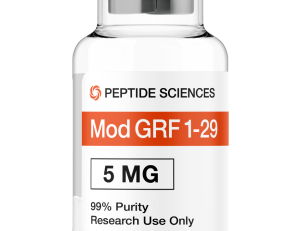The Mechanism of Action of Steroids and How to introduce them into the Body
The body can absorb medications in a variety of ways. The method of administration has a significant impact on the drug’s potency, duration, and speed of onset as well as the kind and degree of side effects.
In clinical practice, medication is given enterally, or via the gastrointestinal system; parenteral means refer to other routes of administration. Medications are injected into the body orally (oral), sublingually (under the tongue), and enterally (rectally, in the rectum). The most convenient and direct method of administering androgenic anabolic steroid tablet forms is orally.
Orally administered medications are mostly absorbed in the small intestine and less commonly in the stomach by the non-ionized molecules’ simple diffusion. The drug takes 20 to 40 minutes to begin acting when taken orally. Before entering the general circulation, steroids have to pass via the liver and the gut, two biochemically active barriers. Here, the majority of medications are biotransformed, hydrochloric acid, and the digestive and hepatic enzymes hydrolytic and microsomal affect them.
Phase of Distribution
This phase occurs after the steroid enters the bloodstream and involves the drug’s movement from the bloodstream into the organs and tissues that house its main cellular targets. Similar to the absorption phase, the steroid distributes more quickly and readily the more fat-soluble it is and the lower its molecular weight.
However, for a variety of reasons, including the existence of so-called tissue barriers, the medication is distributed unevenly over the body’s organs and tissues in the majority of cases.
Tissue barriers keep drugs and other foreign substances out of specific tissues, preventing tissue damage.
The two most important ones are the blood-placental barrier, which protects the foetus inside a pregnant woman’s uterus, and the blood-brain barrier, which prevents drugs from accessing the central nervous system (CNS).
The main organ involved in the metabolism of androgenic anabolic steroids is the liver. The drug material often undergoes metabolism in the liver, changing from a physiologically active to a biologically inactive molecule. The liver is hence antitoxic to steroids.
Impact Methods
Since both natural and synthetic steroids have anabolic effects on a range of body components (muscles, heart, kidneys, liver, lymphoid organs, bone tissue), they have a well-established niche in high-performance sports medicine. Additionally, androgens have an anabolic impact on tissues that is accompanied by severe protein catabolism in tissues, for example, when glucocorticoid excess or insulin insufficiency is compensated for. Infections, wounds, operations, and other diseases are among these pathologies.
The selective build-up of anabolic androgenic steroids and testosterone in the body is linked to the presence of certain molecular structures of a protein nature in cells called receptors. These intracellular testosterone receptors interact with anabolic steroids as molecules linked to testosterone, and they are different from those for other steroids (oestrogens, gestagens, corticosteroids, etc.).
The cell’s cytoplasm transports the attached receptor-steroid complex to the nucleus, where it interacts with proteins. Nucleic acid synthesis is increased as a result, and the process of producing new protein molecules is “activated”. These extra molecules—such as immunoglobulins, fibrinogen, blood transport proteins, etc.—are either used by the cell or they are discharged from it and transported by blood.
Conclusion
Steroids therefore encourage the growth of new cells, accelerate the body’s synthesis of energy, enhance blood oxygen transport and cellular respiration, reduce the risk of blood clots in microvessels, reduce blood clotting, which enhances microcirculation during strenuous exercise, reduce free radicals that harm biological membranes, normalise energy metabolism, restore strength, and more.
Steroid anabolics influence cells in organs other than muscles since they have a widespread effect on the human body. However, any side effect of steroids that is not included in the list above is considered a bad adverse response. Use just the best quality medication to reduce any adverse effects on your body.












Leave a Reply